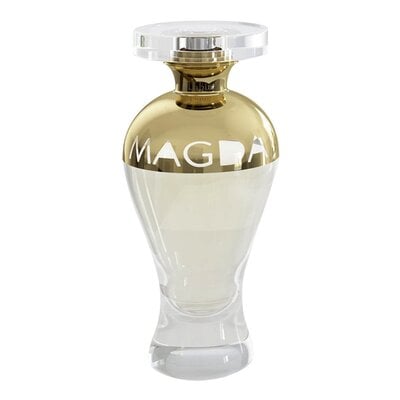
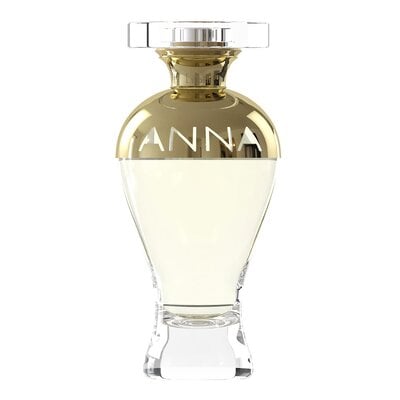
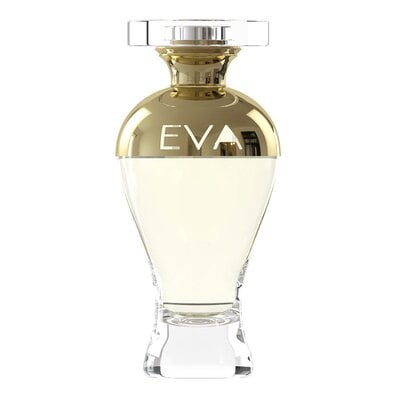
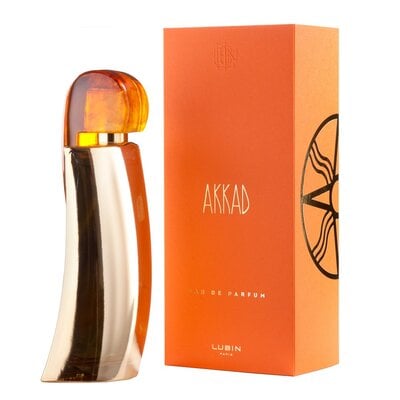
HOT LubinAkkad - Eau de Parfum
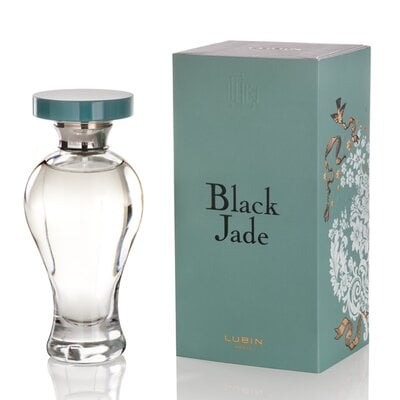
HOT LubinBlack Jade - Eau de Parfum
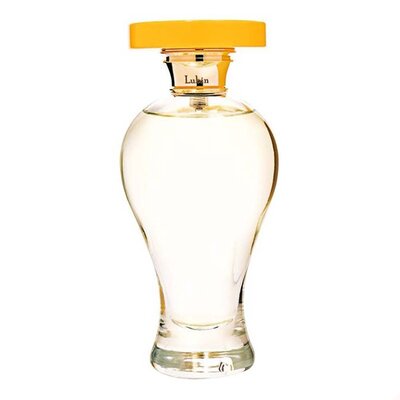
HOT LubinEpidor
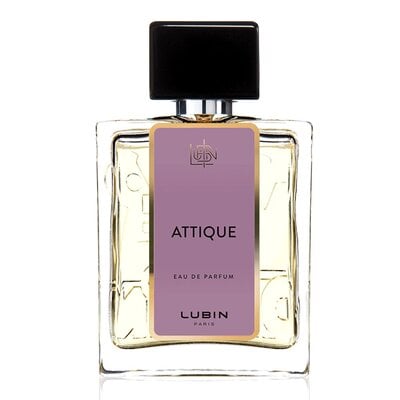
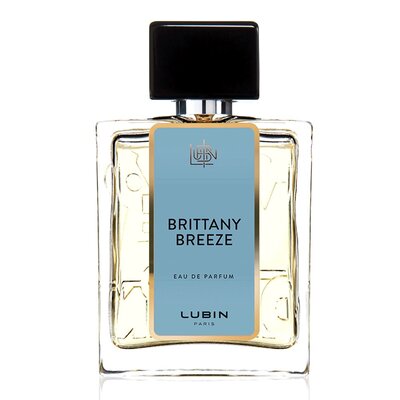
LubinEvocations - Brittany Breeze
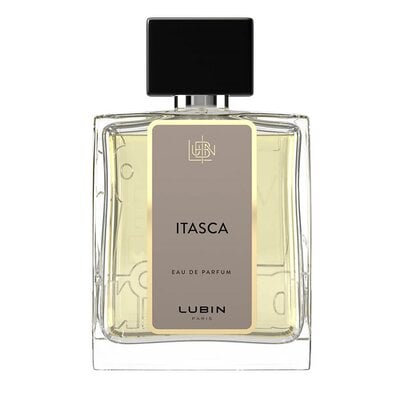
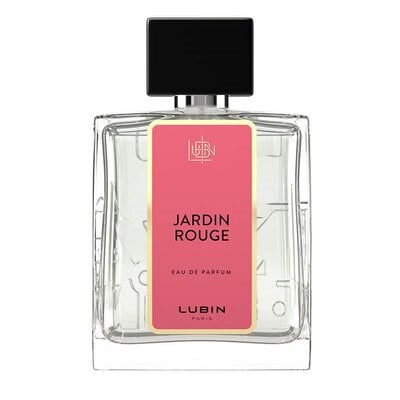
LubinEvocations - Jardin Rouge
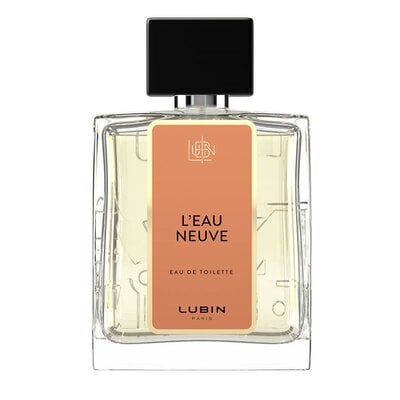
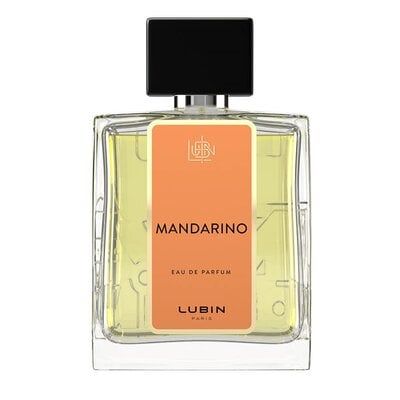
HOT LubinEvocations - Mandarino
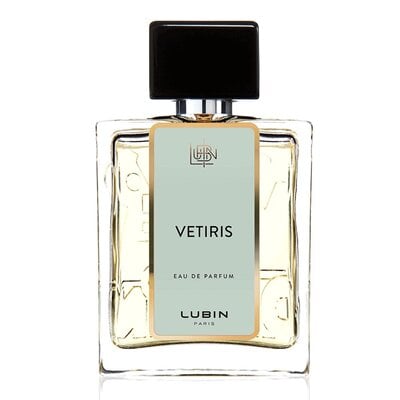
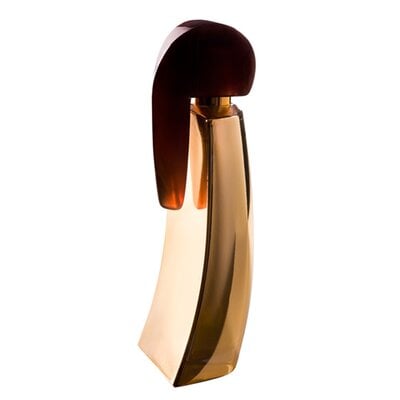
HOT LubinGalaad
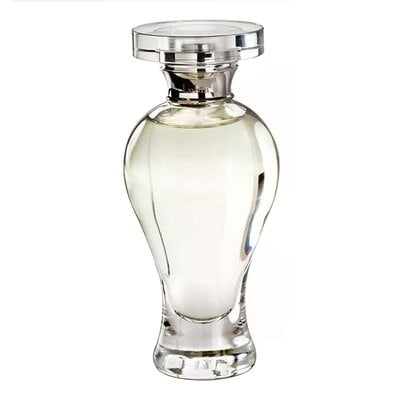
HOT LubinGin Fizz
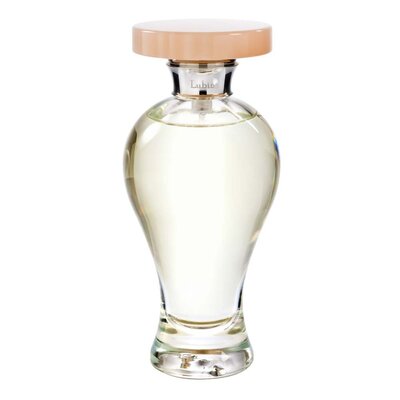
HOT LubinGrisette
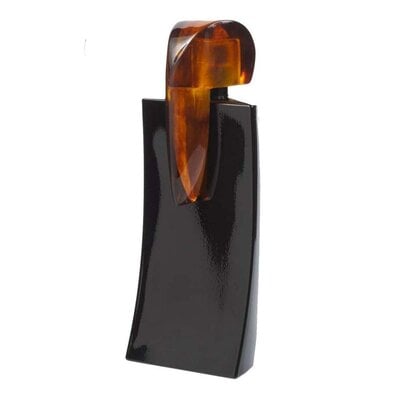
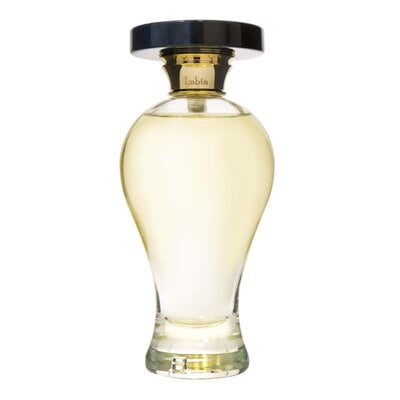
HOT LubinKismet
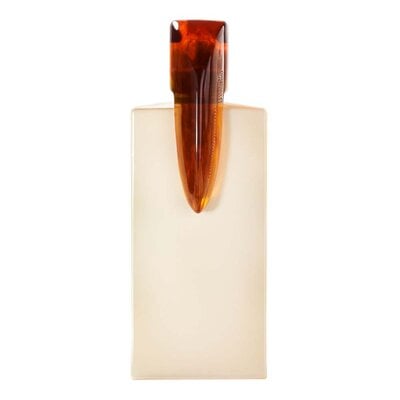
HOT LubinKorrigan
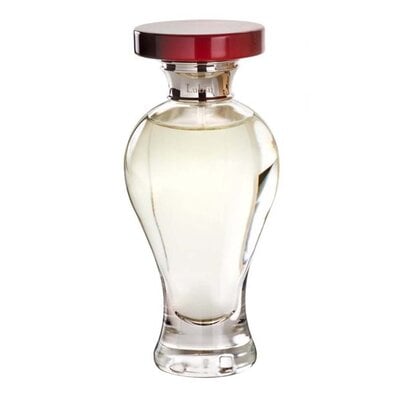
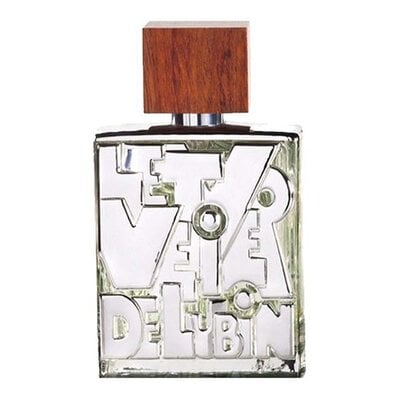
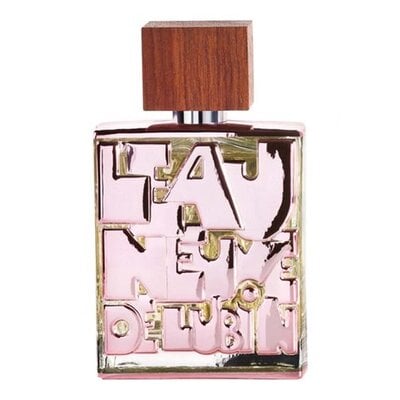
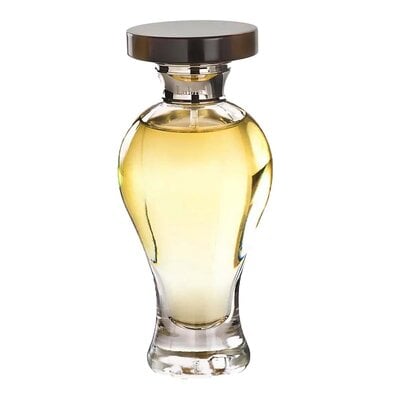
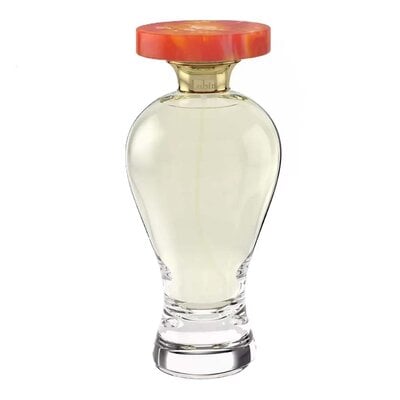
HOT LubinPrincesses De Malabar
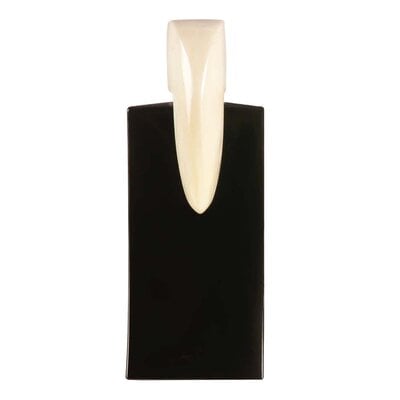
HOT LubinUpper Ten
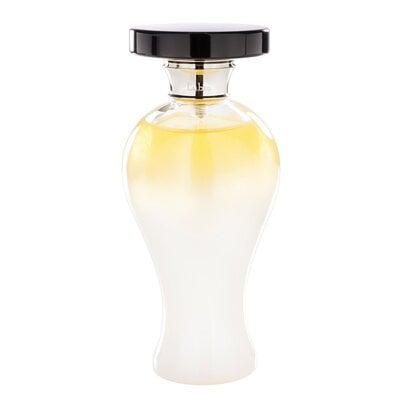
Brand Portrait: Lubin Parfums
Lubin fragrances are French made. Our main suppliers are highly-qualified independent manufacturers, who embody a long tradition of the highest-quality craftsmanship. Pierre-François Lubin, one of the greatest perfume makers in history, left in indelible mark on the art of perfumery. Born in 1774, his life spanned one of the most turbulent and exciting times of French history. Lubin was initiated to perfumery at the age of 10, under the apprenticeship of Tombarelli, a perfume master in Grasse. In 1790, he left Grasse for Paris to complete his training under Jean-Louis Fargeon, who was then still serving as the official erfumer to Queen Marie-Antoinette. Even during her imprisonment in the Tour du Temple, the French Queen continued to receive regular supplies of her favorite fragrance from her loyal perfumer. Every day she wore an eau de toilette containing citrus notes. And her favorite was the scent of roses, a fragrance Fargeon captured with great skill.
Anyone who knows anything about perfumes has heard of Lubin. As one of the premier luxury brands out of France, Lubin has been in the business for more than 200 years. Lubin boasts a variety of perfume collections, each inspired by various people and experiences.
Based in the center of Paris, right in the heart of the perfumers' district, Lubin is one of the oldest luxury French perfume brands. The Lubin brand may have started with serving royalties, but now anyone with a nose for elegance can enjoy one of their perfumes.
To learn more about this historic French perfume company, find out more details below.
History of Lubin Perfume
Pierre-Francois Lubin is the founder of the House of Lubin. He was born in 1774 and lived through an unstable time period in France.
Lubin and his family lived near the workshop of perfumer Jean-Lous Fargeon. When Lubin was 10 years old, Fargeon brought Lubin under his wing. He slowly became the person in charge of the perfume recipes for the Royal Court of France.
Something interesting about Fargeon is that he was part of an old dynasty of Montpellier perfumers. He also was the supplier for Queen Marie-Antoinette. The queen continued to receive packages from Fargeon, even when she was under house arrest starting in 1789.
When unrest and violence began to take hold of Paris, Lubin left the city and went to the south of France. He continued to work in the perfume industry under another perfume master - an Italian named Tombarelli. From him, Lubin learned the "Italian method" of perfumes.
Lubin learned the art of perfumery from two of the world's greatest masters in the subject. When he was 24 years old, he opened his first boutique called Au Bouquet de Roses as a tribute to Queen Marie Antoinette.
Lubin's success only grew from there. He received patronage from the royal court after 1815 and quickly became the most famed perfumer in the European royal courts in the 19th century. Lubin was the official supplier of scents to the King of England, as well as the Tsar of Russia during the mid-1800s.
The Making of the Man
The brand Lubin takes its name from its founder and scent creator, Pierre-François Lubin, who many give credit to for being the founder of the art of modern perfumery. Lubin was born in 1774 in a tumultuous period, just 15 years before the might French revolution. His life also saw the introduction of the Industrial Revolution and an overhaul in French society.
During these marked events in history, young Lubin lived with his parents close to perfumer Jean-Louis Fargeon and his workshop in Paris. It was here, just one year before the revolution in 1784, that Lubin was taken under the renowned perfumer's wing and the world of perfumery was revealed to him. Under the close watch of his mentor, Lubin quickly grew his skills and began to show signs of becoming a master perfumer.
Already, Lubin's story is far grander than many, as he was supplying perfume for the then Queen Marie-Antoinette. Whilst under house arrest, Jean-Louis Fargeon was still supplying the Queen with perfume in 1784, sending her beautiful perfumes always with a base of orange and bergamot or rose. Young Lubin, just 10 years old, would deliver the perfumes to the Queen herself.
Lubin worked under the eyes of Jean-Louis Fargeon for many years until, in 1792 at 18 years old, he left the turmoil in Paris behind and headed to Grasse. Here, he began work under a new master perfumer, Tombarelli. Here, he was shown the Italian method of scent making, and his skills were honed until he became a master himself.
When Did Lubin Start Creating His Own Perfumes?
If you're wondering how did Lubin perfume start? then the true answer would be at 10 years old when he first began working with perfumers. But, he didn't begin revealing his own scents to the world until 1798. By this point, the repercussions of the french revolution were starting to die down and those living in high-class society started to emerge onto the streets of Paris. The men were known as Les Incroyables (The Incredibles), and their women companions were known as Les Merveilleuses (The Marvelous), and they became the first trendsetters after the revolution.
Lubin grabbed this opportunity to revel in extravagance and opened his first boutique in Paris, at 53 rue Sainte Anne. The name, Au Bouquet de Roses, paid a subtle homage to the late Queen and touched on Lubin's past. The scents created by this new perfumer quickly caught the eye of the trendsetters of Paris and complimented their extravagant lifestyles.
So, Lubin perfumes were born, and the legacy began.
The Continued Success of the House of Lubin
Felix Prot took control of the Lubin business in 1844. Lubin had trained him for many years and started working on making the company international. He formed the first modern factory in Europe for perfumes in Cannes in 1873. Steam machines, for the first time, were used to extract essential oils and make perfumes.
Prot's son Felix took charge of Lubin in 1885. He was a world traveler and spread the Lubin name as far as he could, making it a respected and famed brand. The House of Lubin stayed in the Prot family for many years, with his sons taking over the company in the 1920s.
The success of Lubin didn't stop there. In the middle of the 19th century, Lubin took the United States by storm. The company set up shop in St. Lous and New Orleans, becoming the go-to brand for the local well-to-do families.
Lubin road their success for many years until the Great Depression. The American branch of the company had to close in 1930. However, things weren't over for the House of Lubin.
The Prot family continued to work on the success of Lubin. In 1955, Gin Fizz was launched. It was inspired by Grace Kelly, one of the most elegant and beautiful actresses during the time period. The launch of Gin Fizz saw great success and elevated Lubin back to its former glory.
The Modern-Day House of Lubin
In the late 1960s, Lubin was sold to an industrial group. That caused a decline in the company, resulting in it almost disappearing forever.
However, in the late 20th century, Gilles Thévenin entered the picture. Along with a few of Paul Prot's sons, he took over the brand. Perfumers from Lubin who had worked on scents during the mid 20th century returned to help bring the brand back to life.
In addition to reviving some of the former, classic scents, they have continued to bring in new perfumes that live up to the expectation of the brand.
Lubin Fragrances
All of Lubin's perfumes are made in France, maintaining the high-quality perfumery and design the brand is known for. No matter what scent the wearer is looking for, Lubin has a perfume that will fit their style perfectly.
Gin FizzThe Lubin perfume that pays homage to Grace Kelly, the Gin Fizz is chic, fresh, and the perfect scent to bring to mind the classic cocktail. The initial notes are mandarin and juniper, giving it that zesty gin quality. Those scents are amped up with notes of jasmine, lily, before finally sitting on a base of rich wood notes.
Akkad - Eau de ParfumRich with amber scents, Akkad evokes a vibe of sensuality and mystery. The top notes of this perfume open with fragrant citrus with the subtly of bergamot and mandarin. Clary sage is the middle scent, giving off spicy notes while resting on a bed of vanilla and patchouli.
Jardin RougeInspired by a Bostonian rose garden, Jardin Rouge is a blend of magnolias, bergamot, raspberry, and sandalwood. The fruity, floral, and musky notes all work together to create a well-rounded scent that isn't too overpowering.
GrisetteFor a light and airy perfume, buy a bottle of Grisette. Grisettes were another name for young ladies working in Paris in the 19th century, wearing grey dresses. This scent combines aromas of rose, grapefruit, iris, musk, and vanilla.
Nothing evokes luxury and elegance quite like a well-crafted French perfume. The legacy and history of the House of Lubin continue to live on centuries later despite having a period of quiet during the 20th century. The dedication of those involved in the brand results in high-quality products being produced even years after their inception.
It is very interesting to learn that Lubin has been creating perfumes for over 220 years. As one of the world's most renowned and prestigious perfumers, it's not surprising that the brand holds such a rich history.
Rising from the ashes of the French revolution, Lubin's story is one of glamour and glory that's truly captivating!
Lubin Perfumes Gain Popularity
As Lubin's scents became ever more popular in Parisian high-society, his clientele suddenly became more illustrious. This is when the history of Lubin perfume enters an almost fantasy that we're sure Lubin himself was certain to wake from at some moment! Because Lubin gained the most-sought after client across France; the wife of Napoleon I, Empress Josephine.
The scents quickly became a favorite amongst the new royalty, with Napoleon's sister, Pauline Bonaparte, also favoring Lubin's perfumes. In fact, she even later allowed for her name to be used on one of Lubin's perfumes! In the world of Parisian perfumery, that really was the highest honor.
In 1815, when the Bourbon dynasty reigned over France once again, Lubin was chosen for the title of The Holder of the Beauty Secrets of the French Court and provided scents to the new royal family. Lubin renamed his boutique Aux Armes de France in honor of the new rulers.
Quickly, Lubin became renowned as the most famous and in-demand perfumer of the 19th century in France. His scents also crossed the seas as he became a supplier to George IV, King of England, and Tsar Alexander I. In 1830, the now prestigious House of Lubin gained its role as Official Perfumer of the French Royal Court, the highest achievement for any perfumer at the time.
Lubin Switches Hands
In 1844, Lubin hung up his perfumery tools and handed his reign as master perfumer over to Felix Prot, who had trained under Lubin himself. Prot constructed the first perfume factory in Europe in Cannes and took the House of Lubin around the world. Once his time was over, he passed the brand onto his son, Paul Prot, who traveled across continents, sharing the Lubin name and solidifying its fame across the globe.
The House of Lubin gained unprecedented success in the US from its arrival in the 1830s. During the 1920s, the golden age era of flapper girls and excess wealth, Lubin was an icon in the US. From Holywood to New York, everyone who was anyone had a bottle of Lubin's Nuit de Longchamp on their dresser.
The success of the company continued throughout the 20th century, with Lubin's Gin Fizz - inspired by the great Grace Kelly - seeing tremendous success around the world.
Nowadays, these perfumes of the past have been renewed, with forgotten ingredients found and the scents of eras gone by brought back to life. In fact, you can still buy bottles of Gin Fizz and Nuit de Longchamp, and smell the grandeur of the 1920s and the elegance of the 1950s, just as many have done before you.








